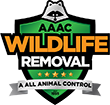How to Choose the Best Pest Control Franchise ?
“The best pest control franchise offers strong training, exclusive territory rights, proven support, and diverse services—from basic treatments to wildlife and infestation control. Choose AAAC Wildlife Removal that aligns with your goals and gives you room to grow.”
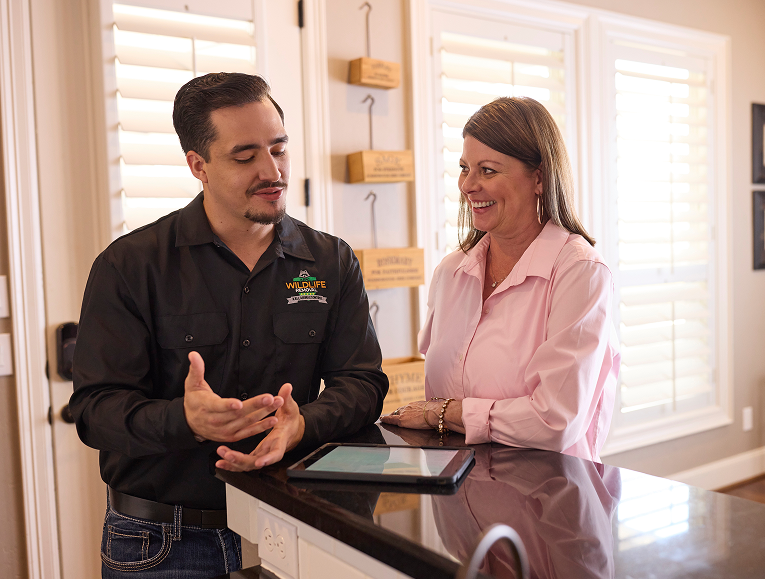
The pest control industry has grown into a multi-billion dollar market, fueled by rising demand for eco-conscious, effective, and fast solutions to rodent, insect, and wildlife problems. For aspiring entrepreneurs, this makes franchising in pest control an attractive option—offering the power of a trusted brand and proven systems without starting from scratch. But here’s the thing: not all pest control franchises are created equal.
Choosing the right one takes more than just picking the most affordable or most popular name on the list. It means understanding your own goals, digging into the franchise’s reputation, and asking the right questions about support, services, and success rates. Whether you’re brand new to business or looking to expand into a reliable recession-resistant industry, this guide will help you confidently choose the best pest control franchise for your future.
1. Understand Your Goals and Business Style
Before you even look at franchise brochures or cost breakdowns, take a moment to ask yourself what you actually want from this business. Are you planning to be in the field, doing the hands-on removal and exclusion work yourself? Or are you hoping to build a team and focus on managing the operation from behind the scenes? Your personal goals will shape the kind of franchise opportunity that makes the most sense for you.
Some pest control franchises are rigid and expect you to follow a highly structured playbook. Others give you more freedom in how you market, hire, and deliver services. If you’re the kind of person who thrives on systems and wants clear rules to follow, that can be a great fit. But if you’re more entrepreneurial and want to grow your pest control business with flexibility and creativity, you’ll want a franchise that gives you that space.
Also think about long-term scalability and brand recognition. Are you aiming for one service van, or a fleet? Some franchises are designed for solo operators; others are built for growth under a nationally trusted name. Picking a model that aligns with your ambition and carries strong brand credibility will save you a lot of frustration down the line.
Pro Tip: Some franchises let you start small and scale over time—ideal if you’re easing into business ownership while still holding another job or managing your risk.
2. Evaluate the Brand Reputation and Online Presence
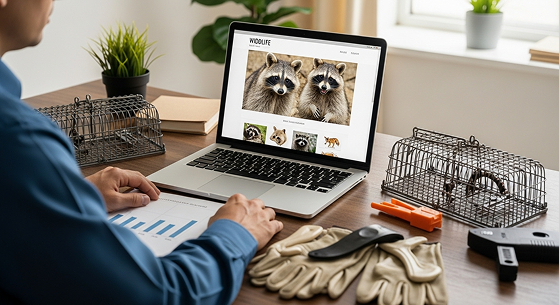
When it comes to pest control, trust is everything. Homeowners and business owners aren’t just buying a service—they’re letting someone into their property during a stressful situation. That’s why your chosen franchise’s reputation matters. Before signing anything, look into online reviews, customer testimonials, and third-party ratings. A brand that consistently earns positive feedback and resolves complaints promptly is a huge green flag.
Also, check how the brand shows up online. Do they dominate local search results in their active markets? Is their website modern, mobile-friendly, and informative? A franchise with a solid digital footprint will save you time and money when it’s time to generate leads. It’s even better if they offer SEO, paid ads, or review management as part of their support system.
Don’t forget to audit their social media presence too. Active, professional pages with real engagement show that the company is keeping up with customer expectations. It also gives you a preview of how much marketing work you’ll need to do yourself once you’re up and running.
Toolkit Tip: Use tools like Google Trends, Yelp, and Facebook search to get a snapshot of how visible and trusted the franchise is in current markets.
3. Analyze Startup Costs and Ongoing Fees
Getting into a franchise isn’t just about what you’ll earn—it’s also about what you’ll spend upfront and over time. Most pest control franchises will charge an initial franchise fee, which can range from $15,000 to $75,000 or more depending on the brand. But that’s just the start. You’ll also need to account for equipment, insurance, training, uniforms, a service vehicle, and sometimes even an office space depending on the model.
Beyond the startup costs, there are ongoing fees you’ll pay to the franchisor. These typically include royalty fees (usually a percentage of your revenue) and contributions to a national marketing fund. Make sure you understand what you’re getting in return. Are you paying for real support, quality leads, marketing tools, and software? Or are you simply handing over cash each month?
It’s also worth comparing return on investment timelines. Some franchises take longer to become profitable but offer higher long-term gains. Others may offer faster payback but lower ceiling. The key is transparency—ask for financial disclosure documents (FDD) and talk to existing franchisees before making your decision.
Pro Tip: The cheapest franchise isn’t always the best deal. Look for one that delivers real value in exchange for your investment—especially in training, tools, and territory support.
4. Ask About Training, Support, and Marketing Assistance
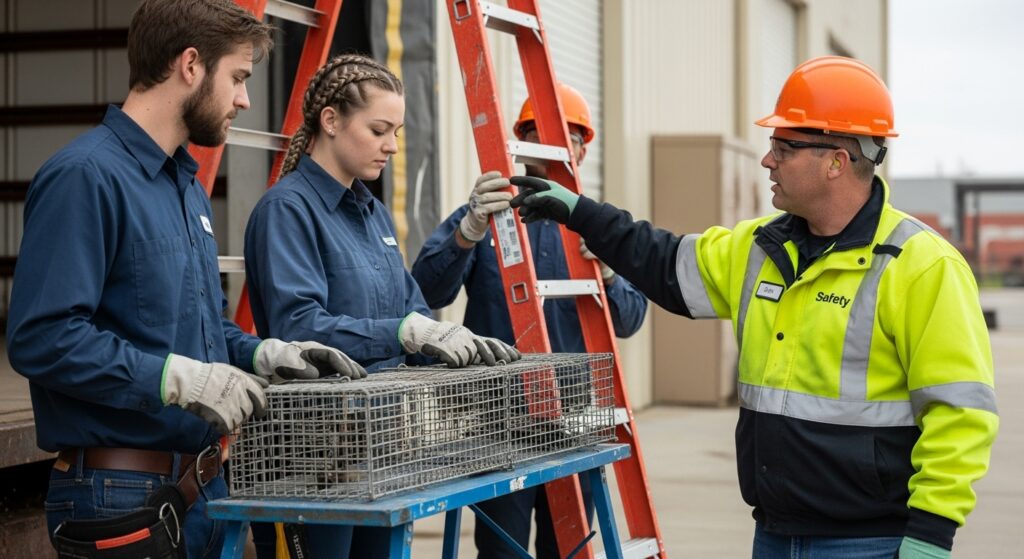
A strong franchise doesn’t just hand you a manual and wish you luck—they walk with you every step of the way. That starts with a comprehensive training program designed to prepare you for the real-world challenges of pest and critter. Ask how long their onboarding process is, where it takes place, and what it covers. You should expect hands-on learning in technical skills, customer service, business operations, and even specialized services like outdoor pest control. If you’re switching careers or new to the industry, this part of your initial investment is one of the most valuable.
Beyond launch, consistent training and support is what helps new franchisees survive the learning curve. Does the franchise offer field coaching, business mentoring, or access to a dedicated support team? What about scheduling software, invoicing tools, or customer service templates? The more robust the back-end support, the more time you can spend growing your business—not scrambling to fill in the gaps.
Marketing help is another key area. Some franchises run national ad campaigns and send leads directly to franchisees. Others offer customizable templates, SEO help, or social media content. Make sure you understand exactly what kind of marketing firepower you’ll have at your disposal, especially in the early days when you’re trying to build momentum.
Toolkit Tip: Ask the franchisor for a copy of their franchisee marketing playbook—or request a sample of the materials and training calendar they provide new owners.
5. Consider Service Offerings and Differentiators
Not all pest control companies are created equal when it comes to what they actually do. Some stick to the basics—spraying for ants, roaches, and termites. Others expand into higher-value services like wildlife removal, rodent exclusion, attic restoration, or even mosquito control and lawn treatment programs. In 2025, customers expect more than just basic spraying—they’re looking for full-service pest management solutions that fit modern standards. The more comprehensive the offerings, the more revenue streams you’ll have, and the more you can stand out in a crowded market.
Wildlife control, in particular, is a high-demand niche that not every pest franchise handles. Dealing with raccoons in attics, squirrels in walls, or bats in chimneys requires specialized training—and customers are often willing to pay a premium for humane, effective solutions. Choosing a franchise that gives you access to these types of services—including advanced critter control—gives you a real edge in both residential and commercial settings.
Also, look into what makes the franchise different from local competitors. Do they offer 24/7 service? Do they use eco-friendly treatments? Are they known for exceptional customer care or fast response times? A strong differentiator can be the deciding factor when customers are choosing between you and the next search result.
Example: AAAC Wildlife Removal franchises are trained not just in pest control, but in full-service wildlife management—including exclusion repairs, insulation restoration, and prevention—making them a one-stop shop for homeowners and businesses alike.
6. Review Franchisee Satisfaction and Success Rates
One of the most telling indicators of a great franchise is how happy and successful its current owners are. Before making any commitments, talk directly with a few franchisees. Ask them what their first year was like, what challenges they faced, and how well the corporate team supports them. If you hear a mix of honesty, optimism, and tangible wins—that’s a strong sign you’re on the right track.
Look beyond the glossy brochures and into the data. Ask the franchisor about average revenue, break-even timelines, and turnover rates. How many locations have closed in the past five years? Are most owners renewing their agreements when their initial terms end? Transparency here is key. A franchise that avoids these conversations is one to approach with caution.
Visiting a few active locations (or even joining a ride-along) can give you valuable insight into how the business actually runs day to day. You’ll also get a feel for the culture and whether it matches what you’re looking for. Remember, you’re not just buying a business—you’re joining a network.
Pro Tip: Make a list of questions and talk to at least three franchisees in different regions. This will give you a more balanced perspective and help you spot any red flags.
7. Check Territory Rights and Market Availability
Territory rights are a big deal in franchising—especially in service-based industries like pest control. When exploring pest control franchise opportunities, you want to ensure you’re not stepping into a saturated market or, worse, competing against another franchisee under the same brand. A good franchise will offer exclusive or semi-exclusive territories, meaning you’ll have a defined area where no one else from the same network can operate.
Ask for a territory map and make sure you understand what cities, counties, or zip codes are included in your agreement. Then, research the demographics and housing trends in those areas. High concentrations of residential and commercial properties, older homes, and seasonal pest patterns usually point to stronger demand. If you’re considering a rural or low-density area, be sure there’s enough opportunity to support your long-term goals and suit the business model you’re stepping into.
Also ask how the company handles expansion. If you grow faster than expected, will you have the opportunity to purchase adjacent territory? Some franchises reward growth with early access to new zones, while others may limit expansion. Knowing your future options upfront will help you scale smarter and avoid surprises down the line.
Toolkit Tip: Use tools like the U.S. Census Bureau and local government data portals to assess market saturation, pest complaints, and housing stock trends in your area.
Why To Choose AAAC Wildlife Removal for Best Pest Control Franchise
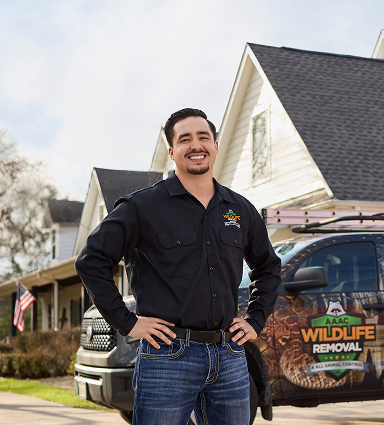
If you’re evaluating pest control service and want more than just the usual bug-spray business, AAAC Wildlife Removal stands out in all the right ways. From specialized services to powerful support systems, here’s what makes it a smart move for aspiring franchise owners:
Specialized, High-Demand Services
AAAC Wildlife Removal doesn’t stop at basic pest control—it equips franchisees to handle complex wildlife problems that many competitors won’t touch. Think raccoons in attics, bats in chimneys, squirrels in walls, and snakes in basements. These situations require specialized skills, and customers are often willing to pay a premium for humane and effective solutions. This focus on wildlife removal adds a lucrative layer to your service offerings right from the start.
Comprehensive Training and Ongoing Support
From day one, franchisees get in-depth training on everything from animal behavior and exclusion methods to customer service and business operations. And the support doesn’t stop after launch. The AAAC team provides ongoing coaching, marketing assistance, and access to cutting-edge tools—so you’re never left guessing what to do next. It’s a system designed to help you succeed, even if you’re new to the industry.
Proven Brand and Growth Opportunity
With an established brand, growing national presence, and strong digital footprint, AAAC Wildlife Removal offers credibility that builds trust with customers from day one. Franchisees benefit from protected territories, lead generation support, and the chance to expand into nearby areas as demand grows. If you’re serious about building a long-term business in a recession-resistant industry, this is a franchise built for growth—not just survival.
Conclusion
Choosing the best franchise business in pest control isn’t just about brand names or startup costs, it’s about finding a model that matches your goals, supports your growth, and stands out in a competitive market. From evaluating territory rights to understanding what services you’ll be offering, each piece plays a role in setting you up for long-term success, especially in a field where every infestation is a call for trusted help.
AAAC Wildlife Removal checks all the right boxes for aspiring franchisees who want more than just a spray-and-go operation. With high-value wildlife services, robust training, and real business support, it’s a business opportunity designed for those who want to lead, grow, and serve their communities with meaningful, recession-resistant solutions.
Ready to explore your opportunity? Learn more about franchise ownership with AAAC Wildlife Removal and take the next step toward building a recession-proof business you’ll be proud to own.
